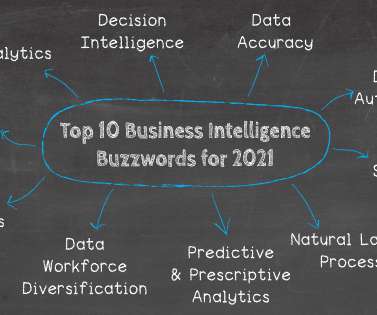Impressive Ways that AI Improves Business Analytics Insights
Smart Data Collective
MAY 13, 2022
In addition, several enterprises are using AI-enabled programs to get business analytics insights from volumes of complex data coming from various sources. AI is undoubtedly a gamechanger for business intelligence. As unstructured data comes from different sources and is stored in various locations.


















Let's personalize your content